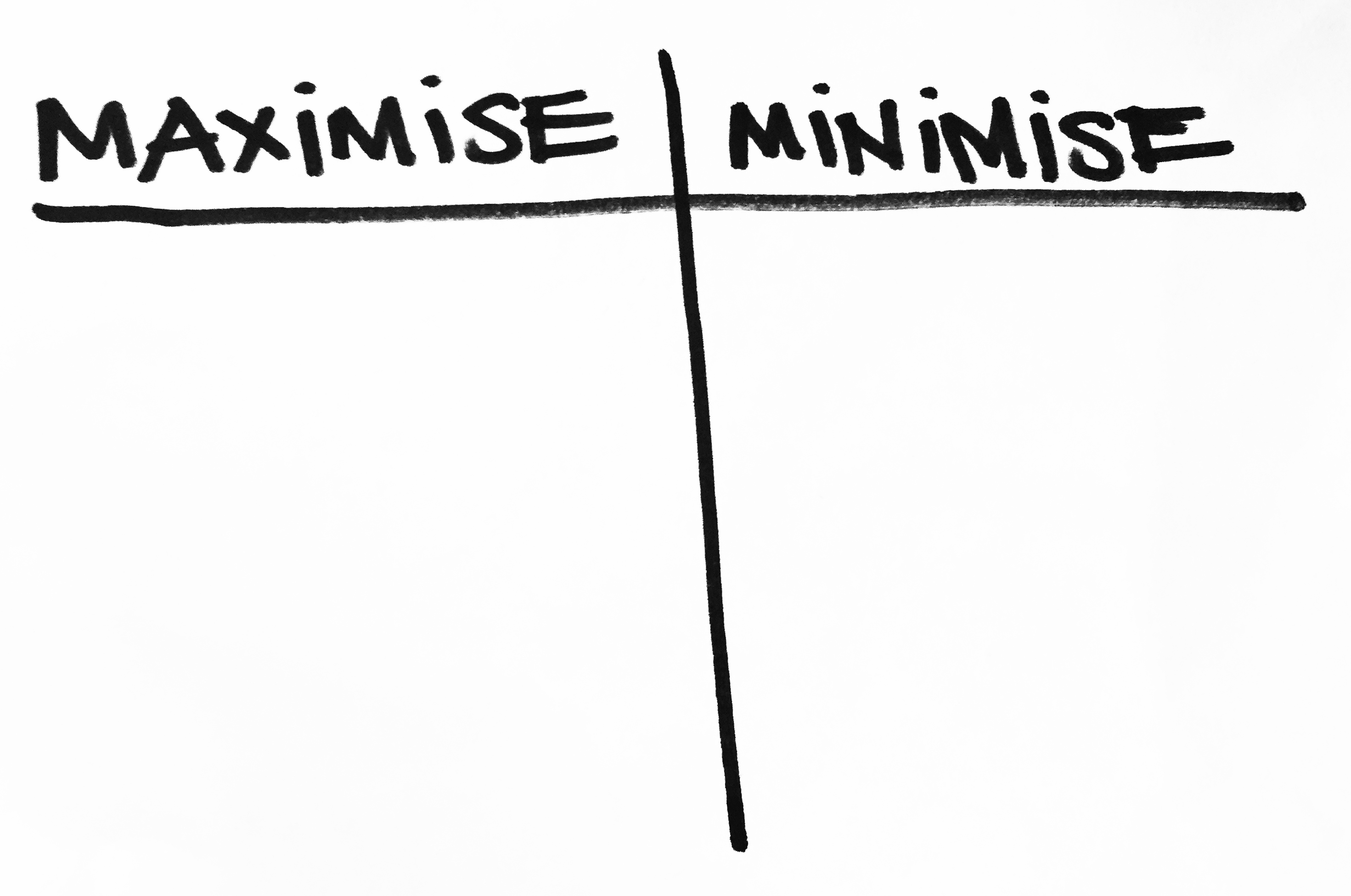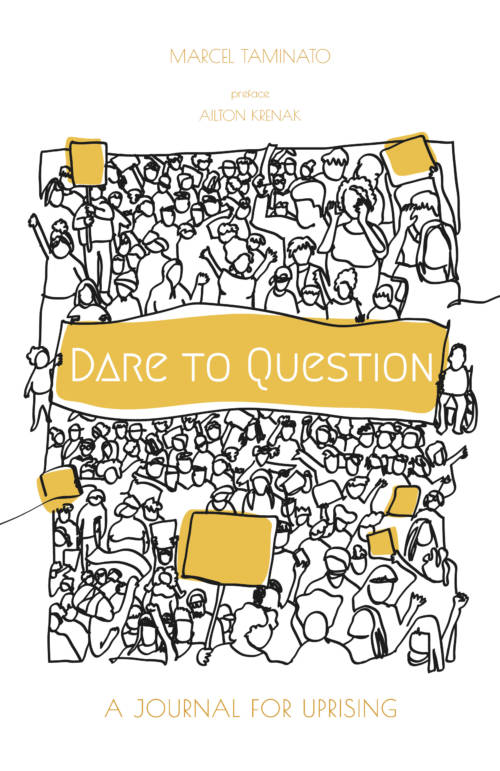How it’s done
The strength of this tool and how it can be adapted (see below) comes from the fact that almost everything in life has a strength and a weakness. This type of list—one type of ambivalence chart—encourages people to name both sides and often results in lots of honesty.
The facilitator first asks “How, in your experience, do you maximise the value of a learning experience? For example, if a friend offers to show you how to use a new computer program, or you go to an evening class to learn a new skill. How do you maximise your learning?”
(Note that you are not asking them how the teacher can be more effective. This framing is about empowerment and what they did to maximise their own learning.)
List the ideas, and interact. Ask for an example or two; ask for hands on how many others have found a way of maximising the value; ask for surprising ideas that might new to the group.

When the group has generated a sufficient (not exhaustive) list and understands the range of ways to maximise its learning, ask “How, in your experience, do you minimise the value of…?” Smile, assure them this is honesty time, give permission for them to do self-disclosure. Interact a lot with them after the first one or two (but not at the beginning). Ask them for examples at first, then ask them how that way of minimising might show up in this workshop.
For example, ask: “You get sleepy after lunch and zone out? How many others sometimes do that (show of hands)?… What have you found works when you zone out, to bring yourself back to the present?” Get ideas from participants (no need to write those up.) Another way to ask this questions is: If you begin to do a minimising behaviour in this workshop, how will we know? What will you do to choose to maximise your own learning?
How to adapt
This structure—maximise/minimise—can be easily adapted. Some adaptations include:
- how do we maximise/minimise our meetings;
- what did we maximise/minimise participation in our latest action;
- what are the positives/negatives of our group doing civil disobedience (a great choice to do before making a decision);
- what are some positives/negatives about how we are operating our current campaign (a great tool for campaign self-assessment);
- you get the idea!
